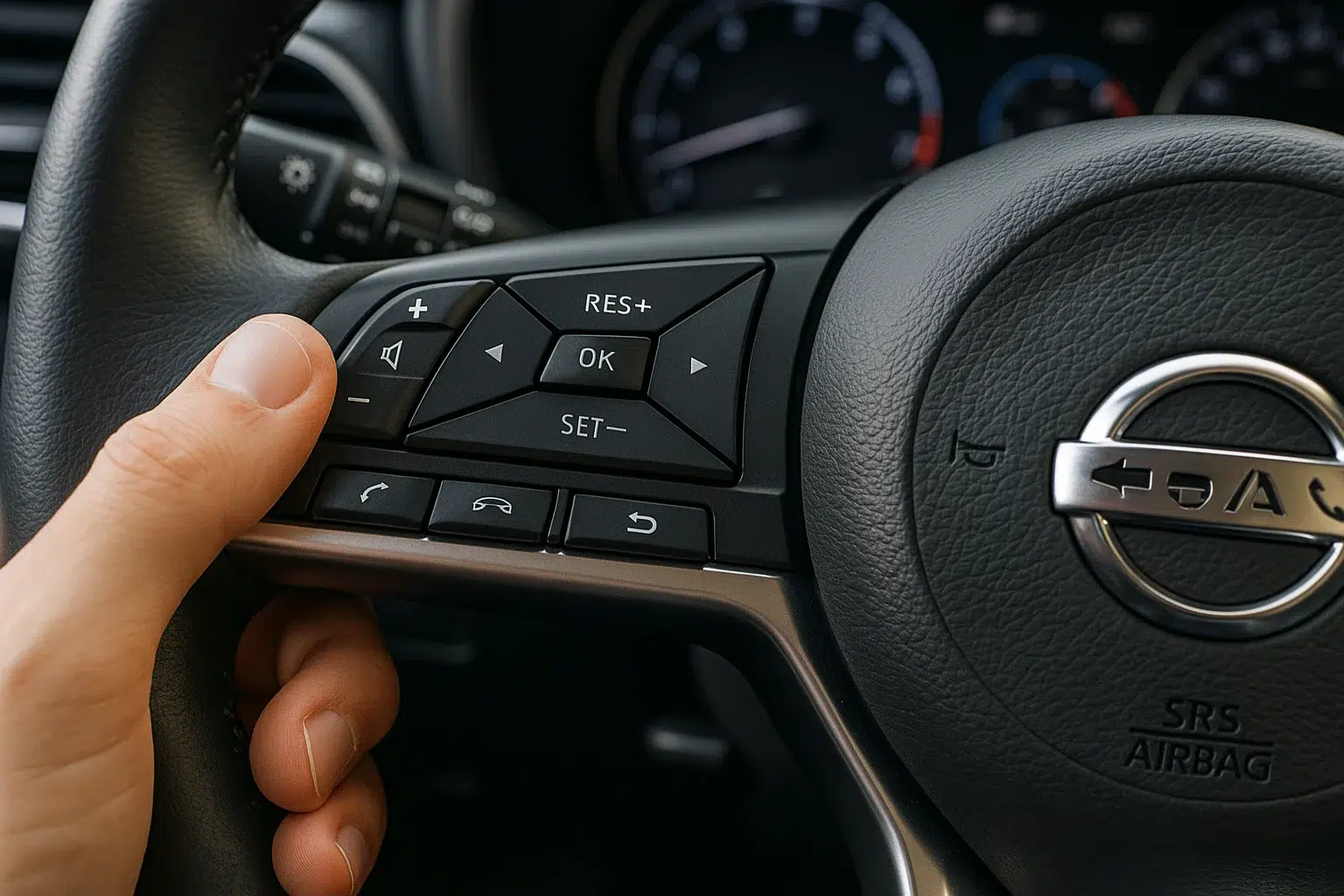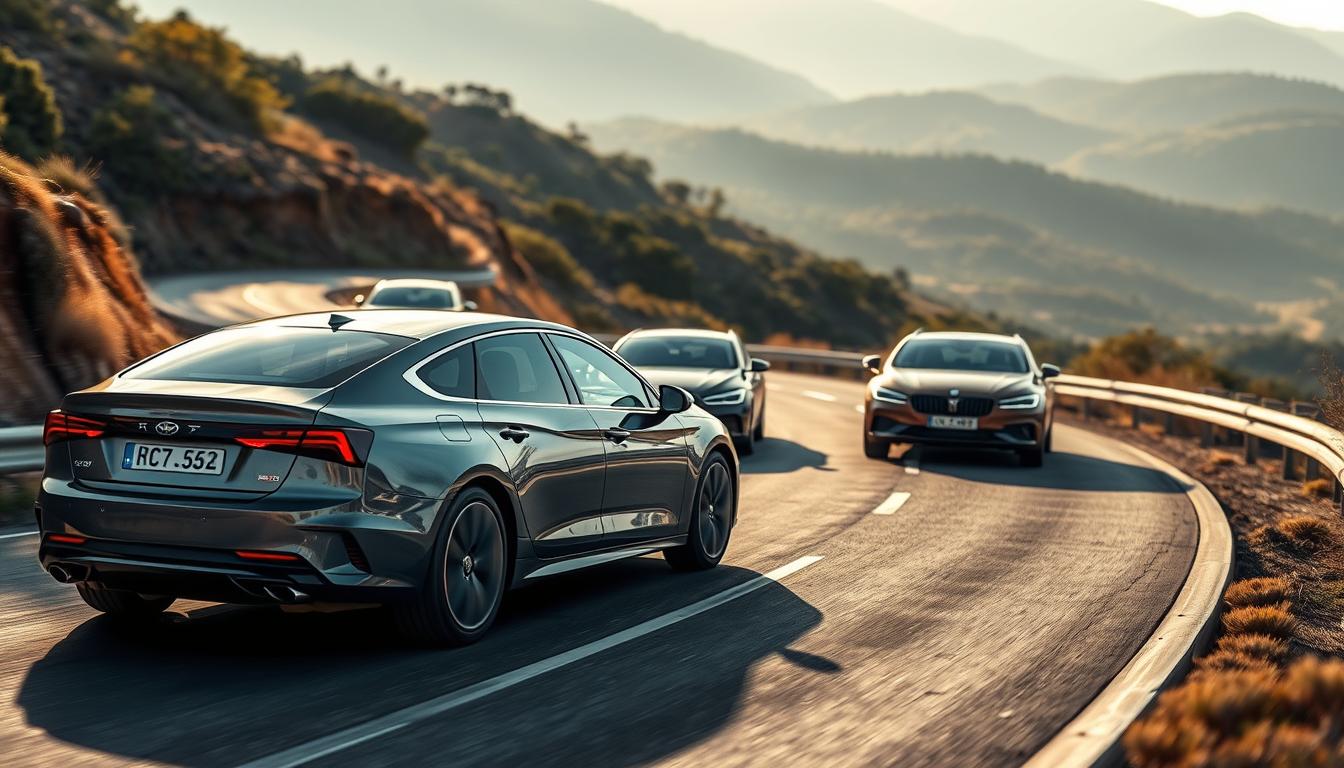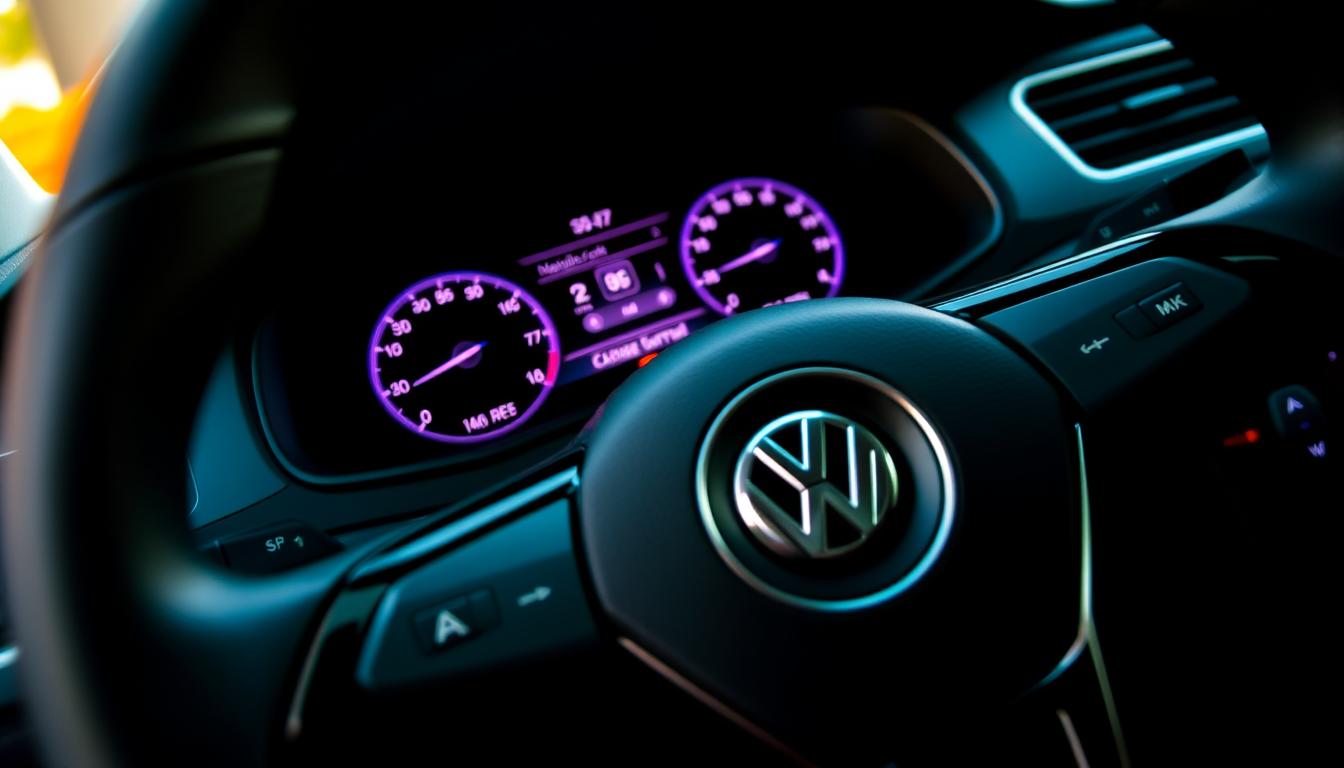In today’s tech-savvy world, most modern vehicles have steering wheel controls enabled giving users a connected and safer driving experience. The driver can answer calls, change music, or even activate cruise control and with the help of buttons on the steering wheel, a driver is able to perform all of these tasks hands free.
But all steering wheel controls and buttons are not equal. In today’s guide, we will discuss the different categories of steering wheel controls, their functionality, and how they improve your daily driving experience.
What Are Steering Wheel Controls?
Steering wheel controls allow drivers to adjust audio settings, and take phone calls while simultaneously driving and managing safety features, all without taking their hands off the wheel.
With considerations on the design and trim level of the specific vehicle, the vehicle’s audio, phone calls, and even more sophisticated features, such as lane keeping assist and adaptive cruise, can be controlled.
Why Steering Wheel Controls Matter
Safety and Convenience drives why these controls are common in cars today. Instead of stretching their hand to the dashboard, drivers can now look straight ahead. Here are the benefits:
- Maintains hand placement on the wheel.
- Less focus on non-driving tasks.
- Fast and easy access to important features.
- Increased confidence while driving.
Let us look at the most common types of steering wheel controls found in cars today.
1. Audio and Entertainment Controls
These are the most common and include:
- Adjusting the volume
- Skipping tracks
- Selecting the source of audio (radio, USB, Bluetooth)
- Mute and unmute
Usually, these functions are found on the left and right sides of the wheel. They let you change tracks, control the volume, or switch the audio source while keeping your hands on the wheel.
This feature is particularly advantageous on long drives, where constant reaching toward the infotainment system is tedious.
2. Phone and Voice Assistant Controls
Now that Bluetooth technology is more popular, steering wheels have buttons that let you:
- Pick up and hang up calls.
- Give voice instructions.
- Turn on cell phone assistants such as Siri and Google Assistant.
With these features, drivers can answer calls and manage messages without having to physically interact with their phones which reduces multitasking and makes driving safer.
3. Cruise Control and Adaptive Features
Most cars feature steering wheel buttons for modern cruise control functionalities, including:
- Set or resume speed
- Cancel cruise
- Speed adjustment up and down
Most recent cars come equipped with modern systems that include adaptive cruise control that adapts according to traffic. This feature also automatically adjusts your speed to maintain a safe following distance. These controls can be accessed through the steering wheel, allowing for toggling the features with ease to provide a hands-free experience during long drives.
4. Instrument Cluster and Menu Navigation
Vehicles now have screens instead of traditional dials which are now interfaces called digital dashboards. Vehicles use navigation buttons like:
- Scroll wheels or directional pads
- Select/OK buttons
- Back/return buttons
With these steering wheel controls, drivers can access real-time vehicle information, fuel economy stats, trip data, and much more, all displayed conveniently behind the wheel.
5. Drive Modes and Performance Adjustments
Some cars, particularly the higher-end and performance models, let you control drive modes from the steering wheel. These may include:
- Eco
- Sport or Sport+
- Comfort
- Off-road
Each mode offers different responses from the car, focusing on things such as throttle sensitivity, suspension stiffness, and transmission response.
Are you interested in performance tuning in cars? Start by learning about your vehicle’s Car Starter system and how it works with the various electronic controls.
6. Safety and Lane Assistance Features
With the evolution of driver assistance systems, you can now control:
- Lane departure warning
- Lane-keeping assist
- Blind spot monitoring
- Collision alerts
These types of steering wheel controls allow you to quickly toggle safety features on or off depending on the surrounding conditions.
7. Heated Wheel and Climate-Related Controls
Some luxury models now include climate controls and buttons mounted on the wheel such as:
- Heated steering wheel toggle
- Heated seat activation
- Rear defrost triggers (for select models)
This helps enhance convenience during extreme weather.
8. Voice Control Integration and Infotainment Access
Instead of clicking on apps or navigation, you can tap a button on the steering wheel and say:
- “Play my workout playlist”
- “Text Sarah I’m on the way”
- “Navigate to the nearest gas station”
This is helpful with modern cars that have voice-command driven systems. It saves lots of time and makes driving safer.
Curious about voice technology and transmission integration? Read: Do Automatic Cars Have a Clutch? for a look at steering integration in automatic vs. manual cars.
9. Customizable Steering Wheel Buttons
Some high-end or modern vehicles let you set what each steering wheel button does. Depending on the vehicle, you can set buttons for:
- Switching dashboard layouts
- Opening the garage door
- Launching a specific app
You can find these vehicle button features on Genesis, Mercedes Benz, BMW, Mazda and Tesla.
10. Paddle Shifters Behind the Steering Wheel
While not traditional buttons, paddle shifters are a type of steering wheel control that allows the driver to shift manually. They are commonly found in sports and performance cars.
Even some automatic cars offer them for better control over the shifting process, especially when driving enthusiastically or when descending downhill.
11. Steering Wheel Controls in Volkswagen Cars
Volkswagens have modern ergonomic grab-able and pressable controls on the steering wheel. Commonly found are:
- Audio control buttons
- Navigation for multi-function displays
- Adaptive cruise and Lane-keep assist toggles
Volkswagen caters to driver needs with emphasis on trust and brand familiarity in both budget and luxury vehicles. They have reduced control complexity across all vehicles to improve focus on the primary task of driving.
Read more about features in Cruise Control in Volkswagen Cars for detailed model specific snapshots.
Are All Steering Wheel Controls the Same?
No, layouts and designs differ from brand to brand. Some manufacturers favor physical buttons, while others use capacitive touch or haptic feedback. For example, Tesla has eliminated physical buttons and replaced them with multi-use rollers.
Can You Add Steering Wheel Controls Aftermarket?
Yes, but only if your vehicle supports it electronically. For some models, there are aftermarket kits that enable you to add steering wheel controls. Installing the kits, however, requires steering wheel removal or ECU programming, making professional installation the better option.
The Evolution of Steering Wheel Technology
Unlike the past, modern-day steering wheels serve several functions. From being purely mechanical features, they have transformed into intricate multi-functional hubs. The below illustrates the chronological progression.
| Year | Innovation |
| 1950s | Horn ring integration |
| 1980s | Cruise control buttons introduced |
| 2000s | Multimedia and phone buttons |
| 2010s | Adaptive cruise and touch buttons |
| 2020s | Gesture control and AI assistants |
The most advanced models are now enabling gesture control. With this feature, the driver can wave and tap to steer and execute certain functions.
Real-World Use Case: Long-Distance Driving
Take, for example, a pilot car driver who guides an oversized vehicle for a long drive on the highway. Using steering wheel controls:
- With the driver hands free, the volume is changed.
- Cruise control is engaged to maintain the speed at the highway.
- In dense traffic, the lane-keeping assist toggle is utilized.
- Phone calls from the control team are answered without the driver needing to use their hands.
How Many Controls Are Too Many?
As the digital features expand, there is an increasing concern of clutter and there being too many functions. This is something manufacturers need to critically think about, as added features turn more serious for the automobile. The layout should logically offer minimal strain on intuitive mental effort and be simple to operate.
How Many Axles Does a Car Have — and Why It Matters for Controls
To smaller vehicles like cars, controls like the steering wheel may seem unrelated to the number of axles. In larger vehicles such as trucks and off-roaders, more axles equate to more driven modes, controls to modify the suspension height, and even differential lock buttons, some of which may be on the wheel.
Read our answer to the question: “How Many Axles Does a Car Have” to learn how the size of the vehicle impacts its dashboard and steer wheel design.
Final Thoughts
One cannot deny the fact that steering wheel controls and their functionalities are crucial in modern driving. Over the years, these controls have advanced from simple buttons to complex, multifunctional systems that help drivers communicate, receive messages, monitor safety systems, watch media, and access comfort features. With every new model released, car manufacturers are incorporating smarter and more customizable features to enhance the driving experience.
In summary, key types of steering wheel controls include:
- Audio and infotainment controls
- Phone and voice assistant functions
- Cruise control and adaptive features
- Instrument Cluster and Menu Navigation
- Drive Modes and Performance Adjustments
- Safety and Lane Assistance Features
- Heated Wheel and Climate-Related Controls
- Voice Control Integration and Infotainment Access
- Customizable Steering Wheel Buttons
- Paddle Shifters Behind the Steering Wheel
- Steering Wheel Controls in Volkswagen Cars
The next time you use a car, spare a couple of minutes to check out the buttons and you might realize how much you are able to control without taking your hands off the steering wheel.

I am Tushar Balchandani, founder of Car Info Expert and someone who has been working extensively in the car industry as a car expert for 15 years. My aim is to provide useful truthful and reliable information to the readers based on my real experiences and hands-on experience. From buying tips to maintenance guides, I help readers make confident car-related decisions.




